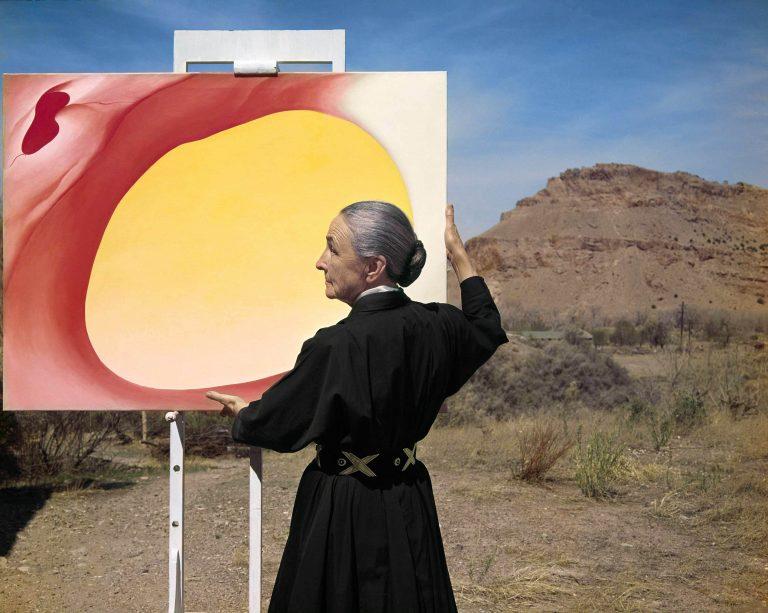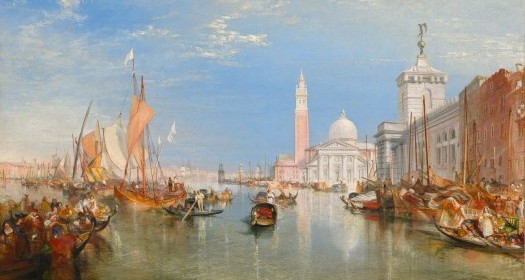Cambridge writer Anita Harris felt inspired by the Georgia O'keeffe show at the Peabody Essex Museum in...
Peabody Essex
The Turner exhibit at the Peabody Essex Museum in Salem feels substantial yet doesn’t overwhelm, and...

